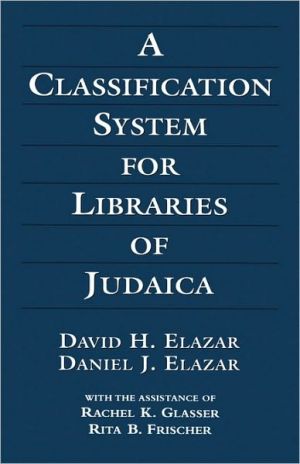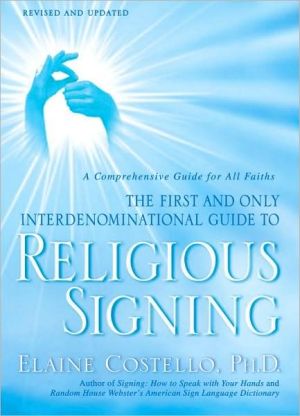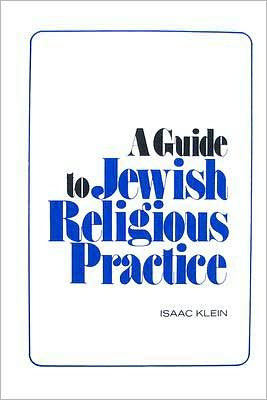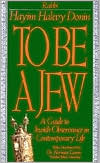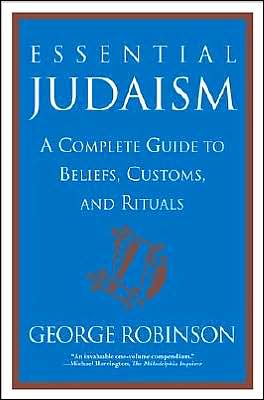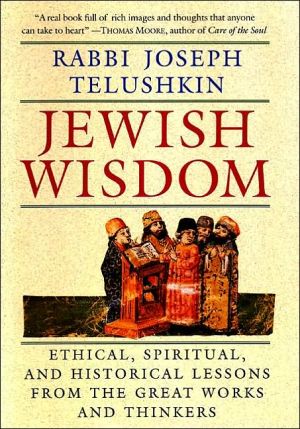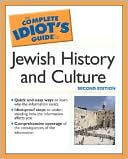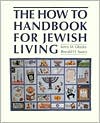Classification System For 3ed
To find more information on Rowman & Littlefield titles, please visit www.rlpgbooks.com.
Search in google:
\ Library JournalLibrarians organizing large collections on narrow topics not collected by the Library of Congress (LC) and other libraries rarely are satisfied with how their subject is treated by standard classifications. Judaica's problems are exacerbated by Christian biases in Dewey and LC classifications. This new edition excises the bias, expands subtopics of Judaism, and gives all knowledge a Judaic spin. Using Dewey-like notation and decimal division, its main classes are Bible and Biblical Studies; Classical Judaica; Jewish Observance and Practice; Jewish Education; Hebrew, Jewish Languages, and Sciences; Jewish Literature; Jewish Community; Jewish History, Geography, Biography; Israel and Zionism; and Generalia. Most classes have three or four digits, but a few extend to six. Other useful features are a section about classifying and an index, although the latter contains errors, e.g., for Death and Dying one is sent to 010.5, Dead Sea Scrolls. Originally developed for the United Hebrew Schools of Detroit and circulated informally in 1962, a second edition was published in 1968 by Wayne State University Libraries. This attractive third edition is the most professional-looking. Few numbers have changed, but vocabulary is extensively updated, and additions for new topics are ubiquitous. This is an improved Elazar, but the Big Question is whether nonstandard systems are appropriate. Given that Dewey and LC have expanded coverage of Judaica and that libraries in Israel and elsewhere use them successfully, arguments for applying Elazar are weak. Nonetheless, librarians should consider this for reference even if they do not adopt it for shelving.Sheila S. Intner, GSLIS, Simmons Coll., Boston\ \
